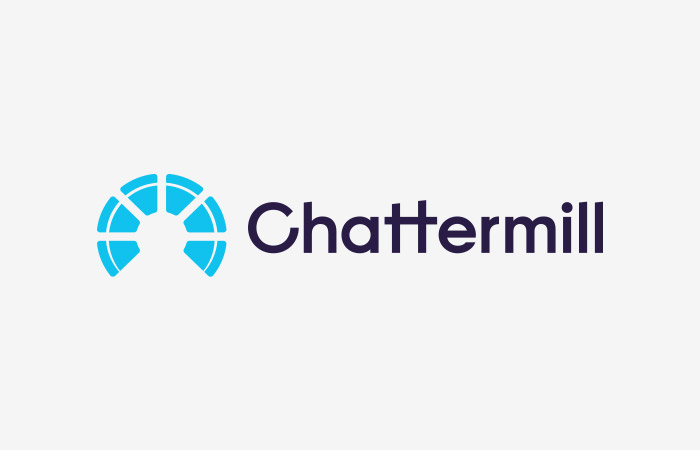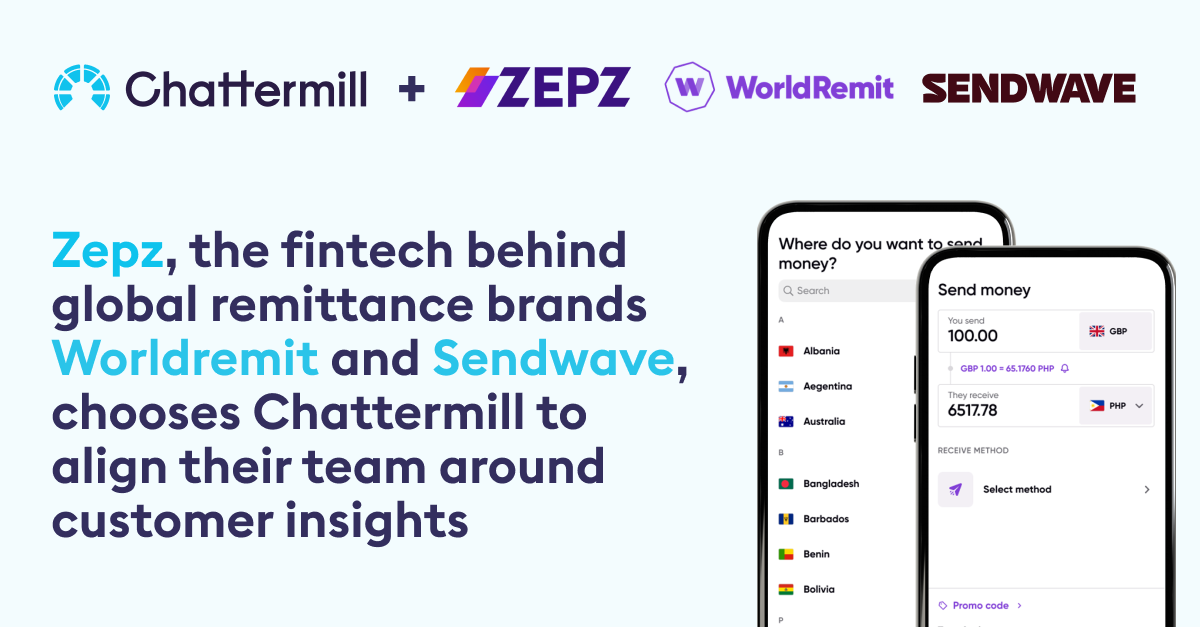I’ve met with hundreds of companies to discuss Customer Experience (CX), which means I’ve also spent plenty of time waiting in reception at head offices.
Often, sitting proudly on the coffee table, there is a full history of the company, or at the very least a founding story of some description. I always take a look.
I love founding stories, not so much the modern tech ones but the old school ones; how Vodafone beat BT to the first cell phone call by just 9 days, how Shell broke the oil monopoly of the time by inventing, building and launching the oil tanker in complete secrecy (there’s a model of that first ship in reception at their London HQ), how Dunhill was a saddle makers on Euston Road when the motorcar came along and provided an entirely new, and exclusively affluent, customer base to cater for virtually overnight (what an opportunity!).
A whole treasure trove of now forgotten individuals who saw an opportunity and backed themselves to go for it.
Foundation stories, perhaps not surprisingly, also serve as the start of great rivalries.
Originally invented as a syrup, Coke was created in 1886 by a pharmacist in Atlanta, Georgia.
He carried a jug to a local pharmacy where it was tasted and “pronounced excellent” ; it was then placed on sale at 5 cents a glass as a soda fountain drink.
During the first year they sold 9 drinks per day (in case you’re wondering, it’s now close to 2 billion drinks per day).

12 years later Pepsi-Cola arrived and one of the greatest corporate rivalries in history was born.
What a lot of these stories also illustrate is how these early days often shape corporate competition for years to come.
Sometimes the new kid on the block becomes the number one, sometimes they only manage to take market share from the incumbent.
But, once the battle lines are drawn, it’s often incredibly difficult for the number two player to overtake the number one.
Why is it hard to go from second place to first
Traditionally, to unseat the number one you’ve got to do something pretty special.
They are by definition bigger and, typically, any short term competitive advantage you create as the number 2 can simply be imitated and done at a larger scale by the leader.
A clever initiative may gain some share but they can ‘head you off at the pass’ so that you don’t overtake.
In the 1960s Avis did do something pretty special, they launched one of the most iconic advertising campaigns in history.
At this time Avis was number two, competing against a clear market leader, Hertz.
Hertz had more than double the market share of Avis and 5x the advertising spend.
In a time when the norm was to say ‘We’re the biggest, we’re number 1’ and whoever shouted the loudest would win, Avis adopted a completely different angle and hit upon an incredibly powerful message. We’re only number 2. We try harder’.

The message was clear, we can’t afford to make you wait, we can’t afford not to be nice.
In the following 4 years the campaign was so successful that the market share split went from Hertz at 61% and Avis 29% to Hertz 49% vs Avis at 36%.
An incredible swing in such a short time.
There are lots of reasons why it was so successful but perhaps one of the main ones is that it just intuitively feels true.
Everyone imagines the underdog as scrapping and working harder and by successfully linking this idea to something that customers really cared about - the quality of service they received - it was a hit.
Avis realised, correctly, that delivering a great customer experience or the perception that they were delivering a great customer experience, was going to propel them to a larger market share.
This is a truly great example of an organisation making calls that have a decisive impact on market share and it does illustrate that a combination of big decisions can have a significant impact on market position, so what’s the problem?
Consistently taking the right decisions is incredibly difficult
Getting the big decisions right is difficult enough in isolation but to overtake the incumbent, it’s not just about doing it once, it is about being consistently better at it.
In addition to their ability to imitate or respond, the market leader is allowed to have good ideas too.
Effectively if both organisations have the same amount of successes and failures the status quo remains.
Reeling the market leader in requires the second placed organisation to consistently make more correct decisions over an extended period of time.
Often quite a long time.
Probably a longer timeframe than the average CEO will spend at the helm.
This is the challenge.
How do you guarantee that you are consistently taking the correct decisions over an extended period of time, as the market changes, the available technology changes, your competitors change, as personnel, teams and senior leadership changes?
Because just making some good decisions is not good enough.
Even with one of the top 10 advertising campaigns of all time Avis never became number one.
So who has done it well? The Disruptors show the way…
Although it has often proven difficult for a number two in the market to overtake and stay ahead, the last 20 years have provided a number of examples of the status quo being completely disrupted by new entrants.
It’s true, an established second place organisation and a disrupter are not starting from the same place, disrupters have no historical baggage for example, but they also have limited runway and much less margin for error (in their world suboptimal decision making means ceasing to exist).
However, for both new entrants and existing players gaining market share relies on the exact same fundamentals.
An organisation needs to:
- Take customers from other players;
- Gain their share (or greater) of new customers that come to market;
- Retain the customers they have.
The exact ratio of these things will be different depending on circumstances (business type, number of players, growth of the market, etc.) but this is ultimately what is needed.
Starting from scratch a disruptor can never compete on traditional criteria, they don’t have the brand recognition or the ad spend, they’re also a risk and need to overcome the customers’ resistance to trying something new. To compete, the experience can’t just be a little bit better, it has to be significantly & consistently better.
So how do these companies successfully disrupt?
They do it by getting decisions consistently right.
Not just initially when a new technology or development may give them the edge, but even after newer competitors emerge who have the same technology or are taking advantage of the same new opportunity.
As these look alike competitors emerge the flagship elements that made the disrupter unique (e.g. being able to order a cheap taxi via an app on your phone from anywhere, being able to book a stay in someone’s house etc) are no longer enough.
To stay ahead they need to continuously deliver an experience that means customers continue to use them.
They effectively have to win twice.
What the most successful disruptors get right is managing to be the preferred choice for customers whilst remaining financially viable.
They do this by consistently taking the right decisions allowing them to plot a course to profitability despite the highly competitive space that they operate in.
To do this they rely on Experience-Led Growth.
Experience-Led Growth is the way to consistently and repeatedly make the right decisions
What makes Experience-Led Growth (XLG) so fascinating is that it represents something incredibly rare. Unlike advertising spend or reach, brand recognition, number of locations or any other traditional advantages enjoyed by market leaders.
Experience-Led Growth is a strategy that does not favour the number one in the space. Furthermore, it is an advantage that the number one can’t quickly and simply replicate or repeat with a larger spend and customer base.
All of this makes Experience-Led Growth an intriguing opportunity.
It represents a once in a lifetime chance for the second placed player (or third, fourth or fifth player for that matter) to become the number one.
Hoping for a game changing piece of technology, product or marketing idea is an option, it might even happen from time to time.
But becoming number one is not about some good decisions, it’s about consistently making the right ones over and over again. An Experience-Led Growth strategy is what makes that possible.
A word for the market leaders
So you’re number one in the market and you want to stay there. You were attracted to this article because you’re always on the lookout for ways that the chasing pack might catch up with you so that you can head it off. If so, kudos to you.
There are 2 ways that you stay as number one:
- Hope that none of your competitors discover XLG
- Implement XLG
The reality is that if your competition get XLG right and you don’t, ultimately there is only going to be one winner. To put it another way, the defence against XLG is XLG.
It may not be immediately obvious from the outside, there may not be a big campaign, product or technology that serves as a warning. It’s more likely it will just start to seem that the number 2 organisation is consistently getting things right.
Looking to the future
Lots of things look obvious in hindsight.
Blockbuster turning down the opportunity to buy Netflix for $50m now looks like something of a blunder.
When looking back it’s very easy to think “Why couldn’t they see the way the wind was blowing?!”
But the reality of the time was that the Dot-com bubble had just burst and people were questioning online businesses.
Many had failed and some took this as ‘evidence’ that the status quo would remain.
Blockbuster’s approach had, after all, been successful for a long time.
In the future, people will probably look back at this era, when everything pointed to the Experience-Led direction of travel and ask “How did so many people not recognise it was the way to go?”.
Trends may be harder to spot at the time, but the rewards are much greater for those that do.
Marc Randolph, Co-founder of Netflix recently said “If you are unwilling to disrupt yourself, there will always be someone willing to disrupt your business for you.”
It has always been true, but the signs suggest that the next 10 years will see considerably more disruption and changes in market leadership across sectors than we have ever seen to date.
So how long will it be before I flip open the company history of a newly anointed market leader and read the words 2024 - Experience Led Growth strategy adopted for the first time.
Maybe not that long.
Take a look and see if you agree…






.jpg)